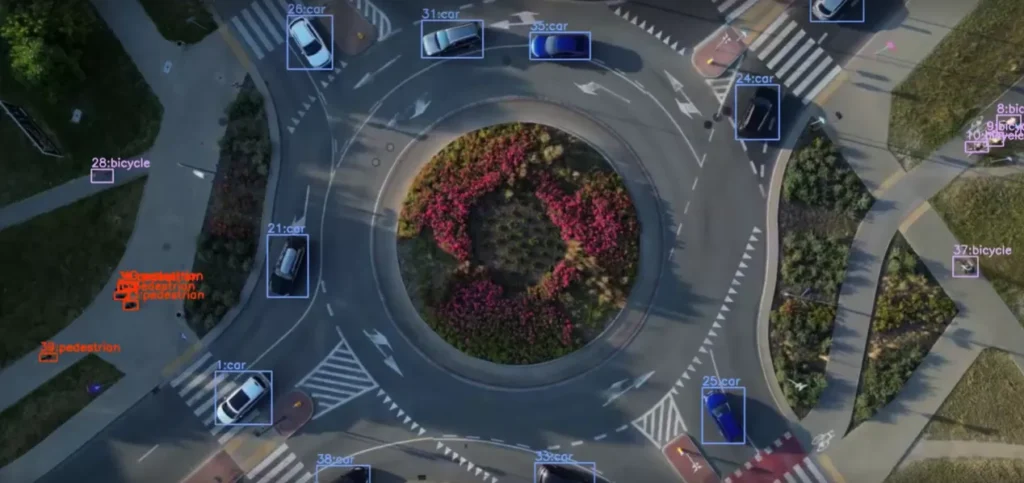
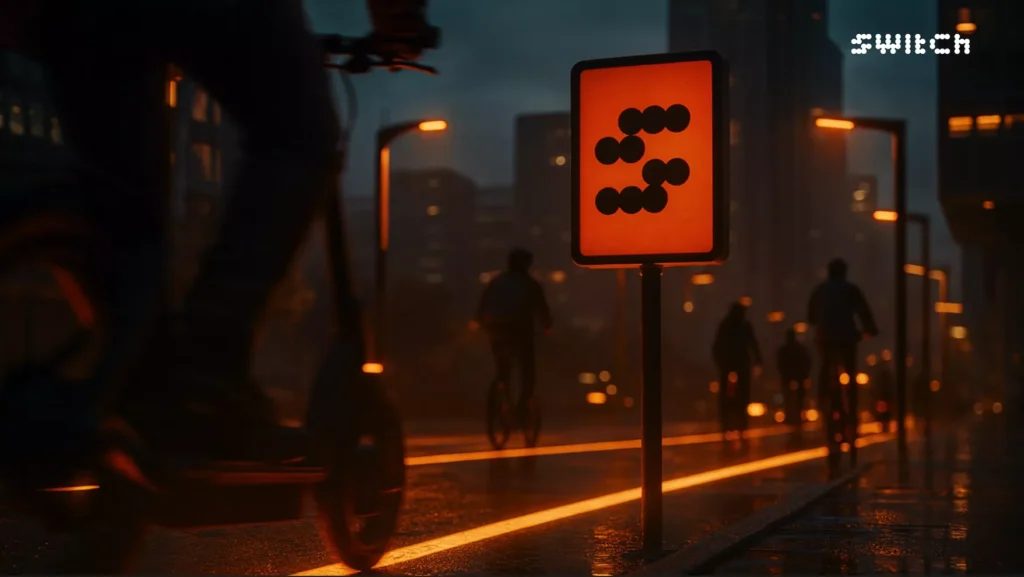
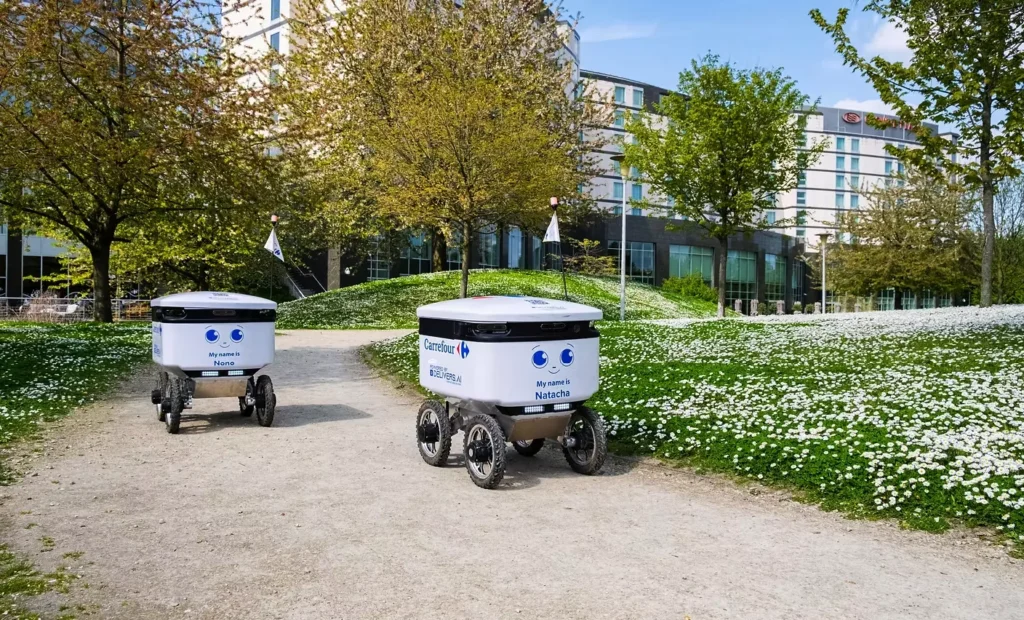
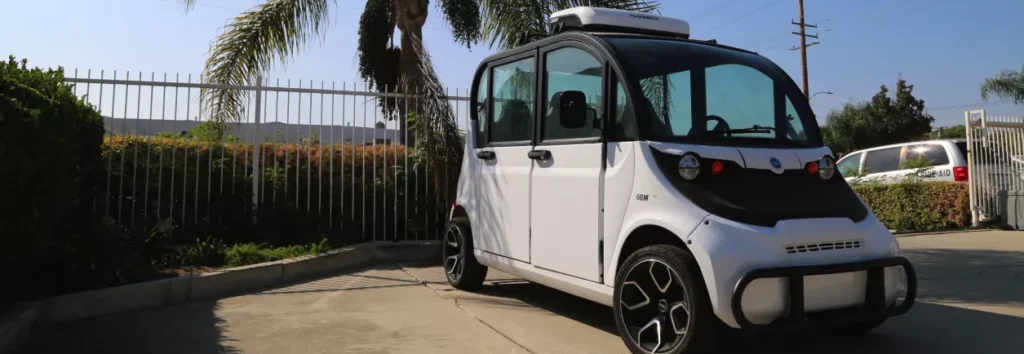
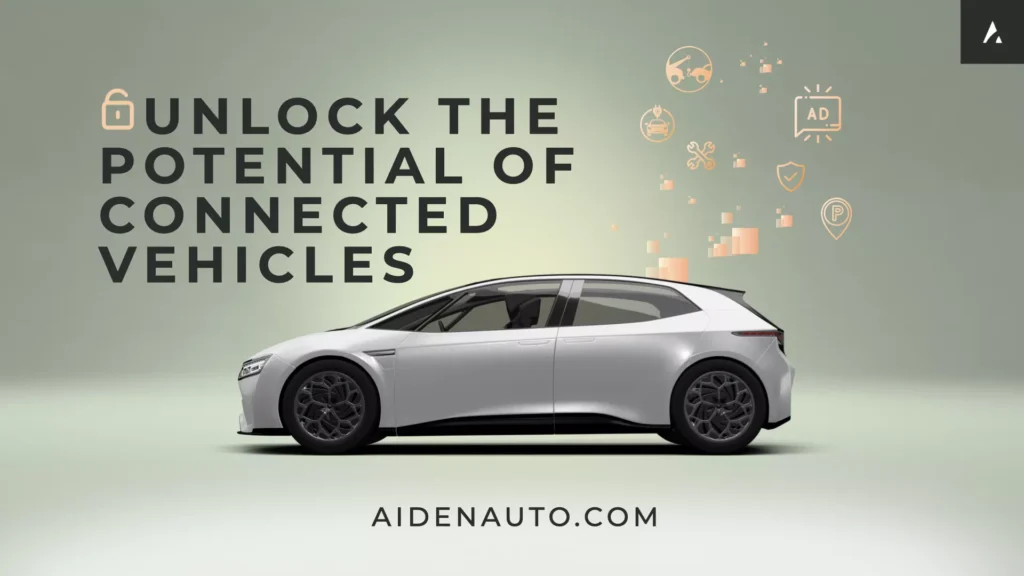





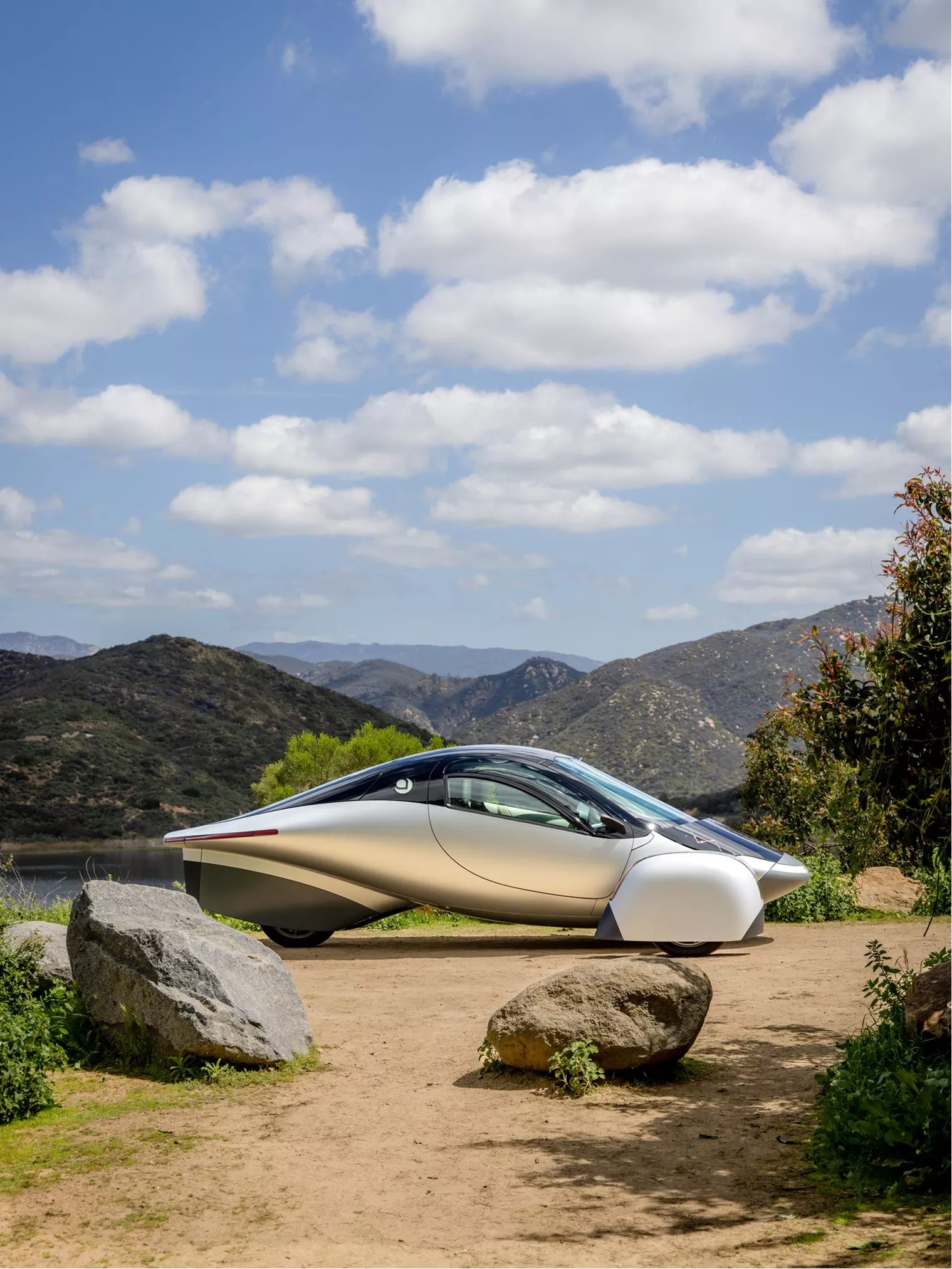
From EVs and batteries to autonomous vehicles and urban transport, we cover what actually matters. Delivered to your inbox weekly.
A new charging hub has gone live on Germany’s A9 motorway. EnBW’s site in Marktschorgast delivers 16 high-power chargers rated at 400 kW, with expansion capacity already engineered for 24 units. Vehicles can gain 400 kilometers of range in 15 minutes. Charge time aligns with rest time. No rerouting. No delays.
This site is built for scale. Grid-tied solar feeds the station directly. Canopy structure controls climate exposure. Hardware, routing, and energy logic are integrated from the start.
EnBW is not testing demand; rather, it is building for throughput. The company operates over 6,000 fast-charging points across Germany and is executing a 2030 roadmap to reach 20,000. Design criteria focus on concurrency, uptime, and corridor-level continuity. One station must absorb demand from multiple vectors: commuters, freight, regional transfer, and cross-border EV travel.
Highway electrification now requires architectural thinking. Location, energy input, and turnaround time define viability. The Marktschorgast hub establishes those conditions with full operational fidelity.
Germany’s charging network is entering the logistics phase. Deployment speed is no longer the constraint. Throughput is.